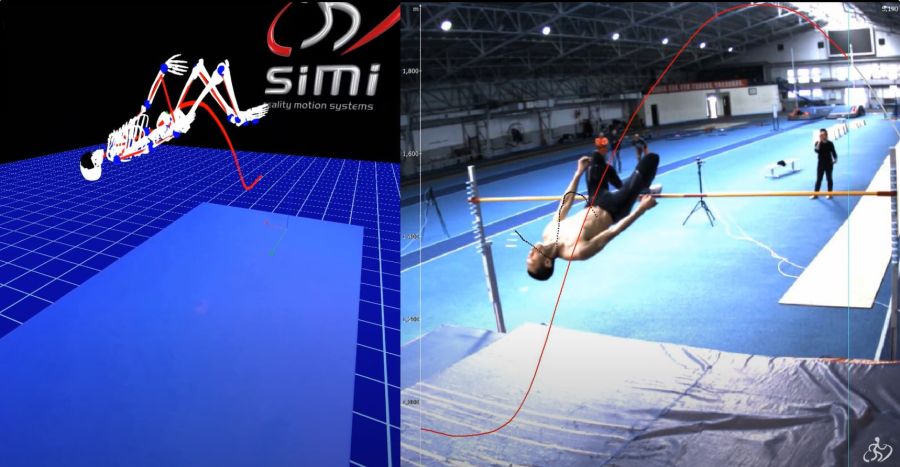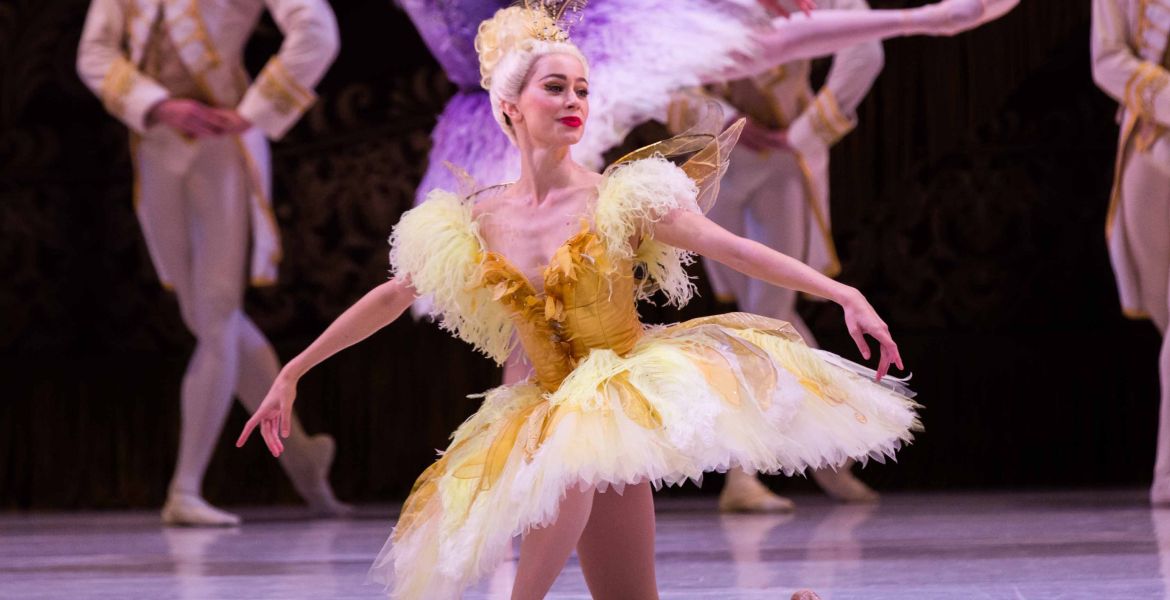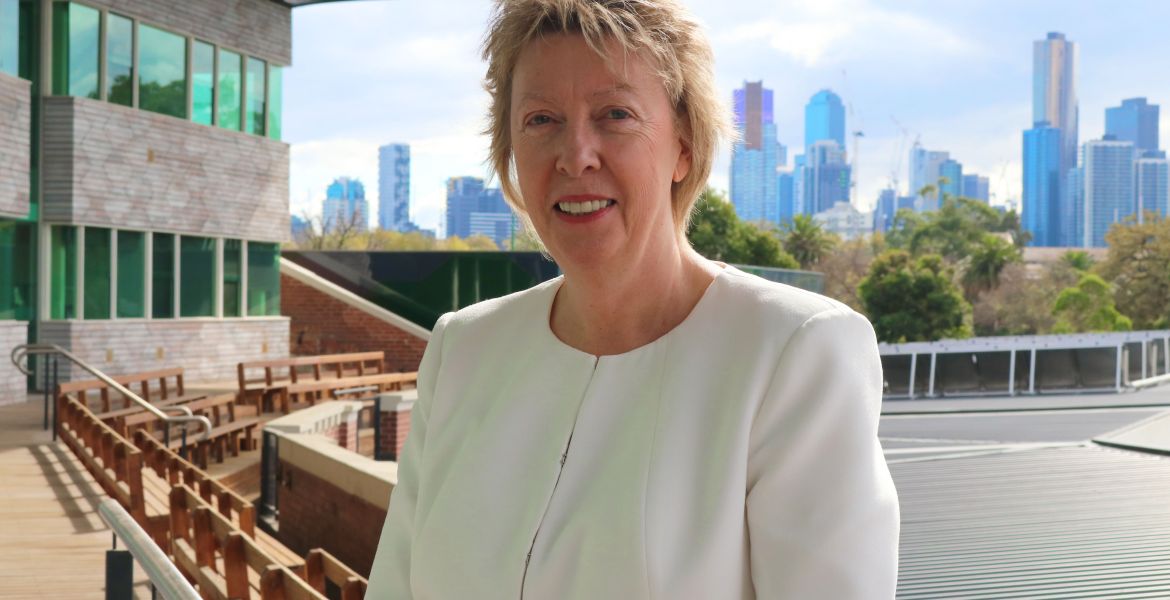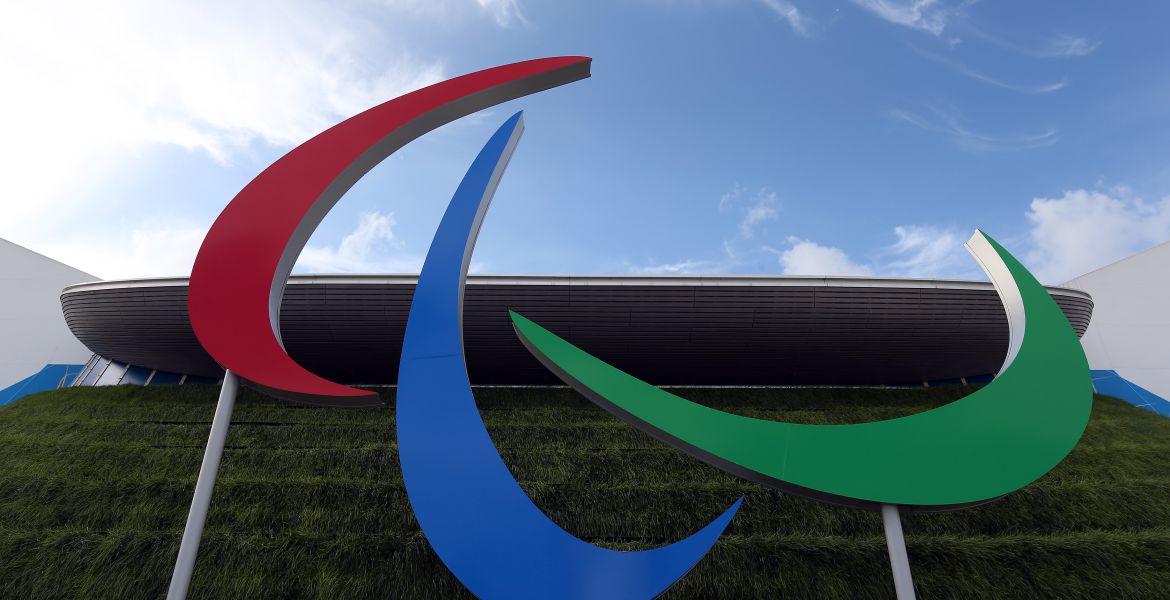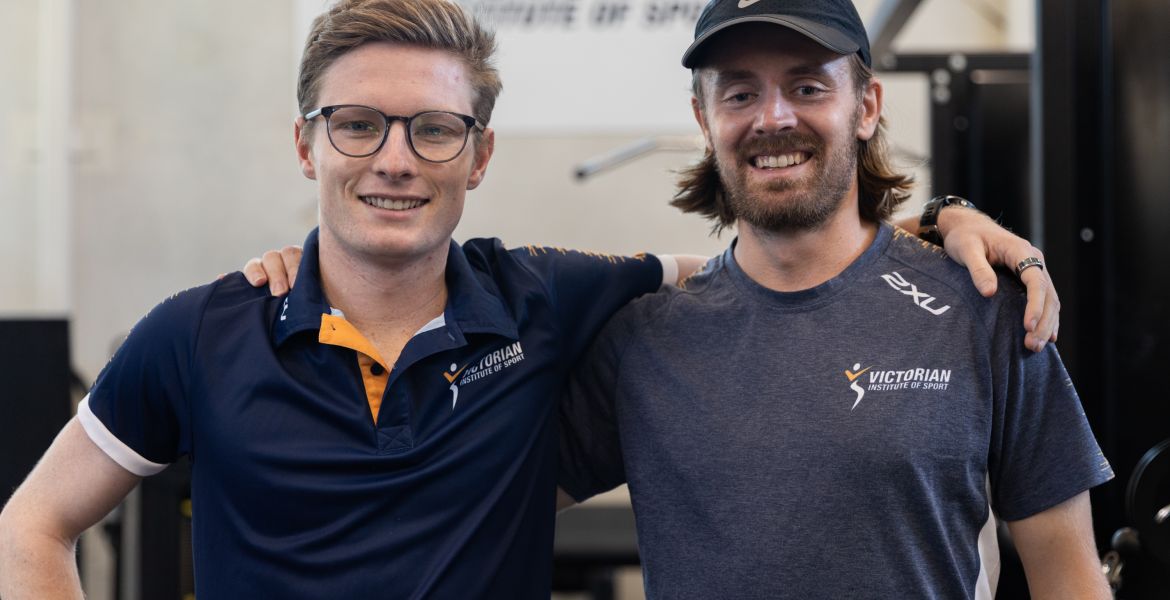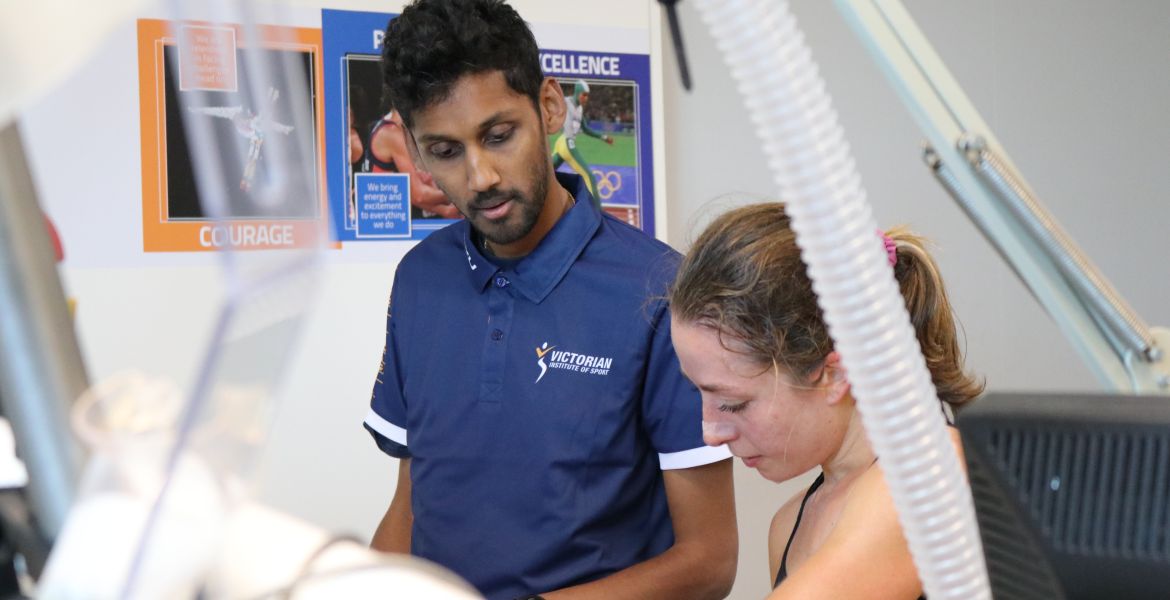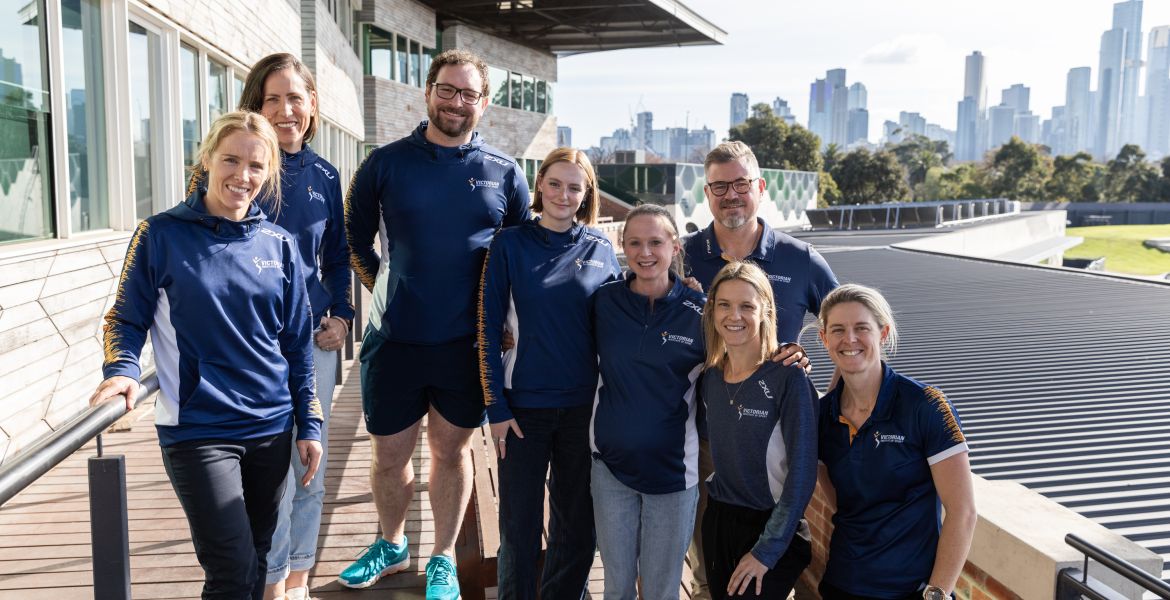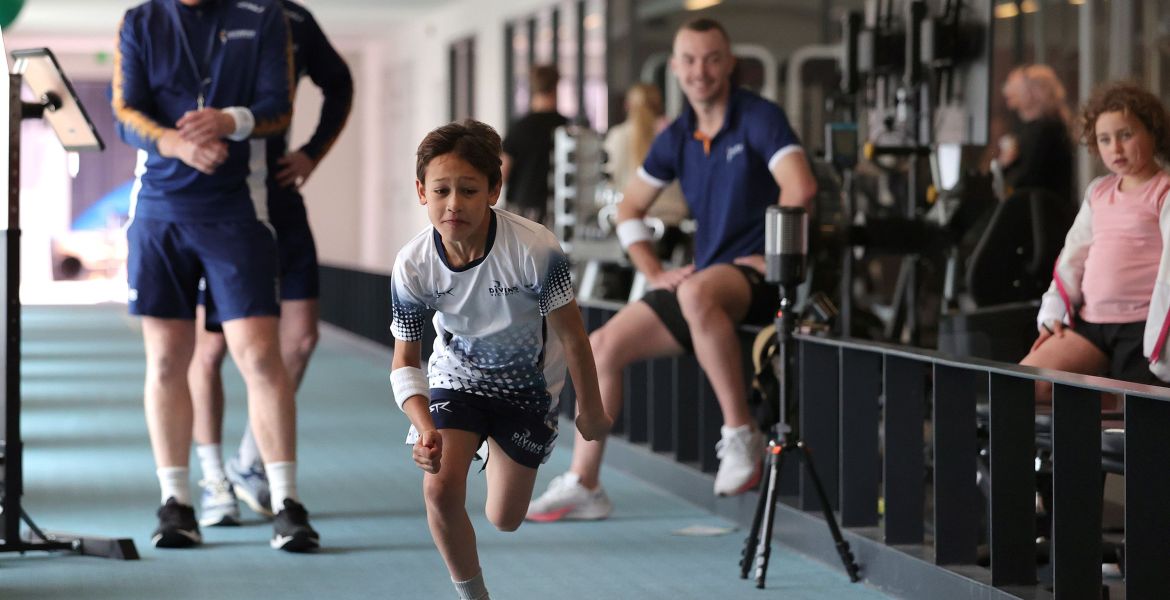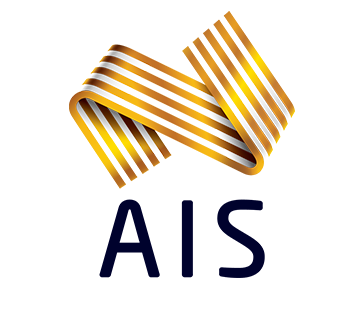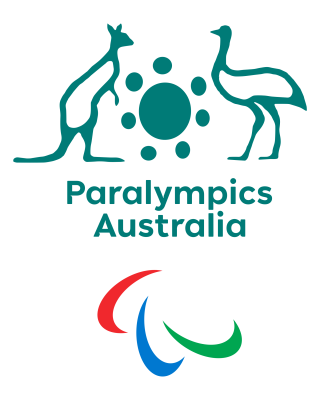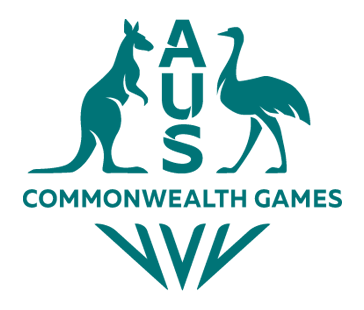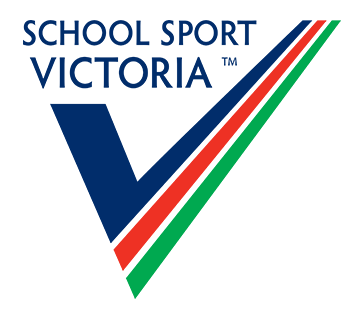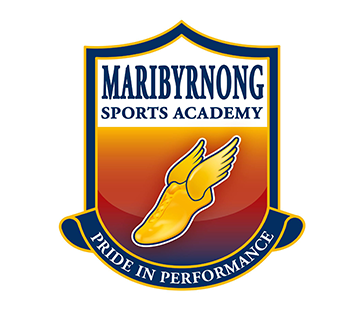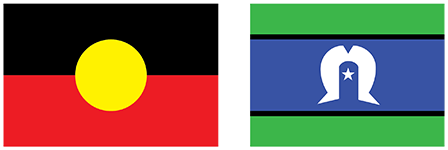Where biomechanical data was previously only recorded in sterile, unrepresentative gym environments – think athletes wearing motion sensor dots amid multiple cameras and cables – the new software works in real outdoor competitions, giving a truer picture of performance.
At the 2024 Maurie Plant Meet in Melbourne, the technology was used for the first time in Australia with four cameras positioned to capture events, such as Javelin.
The Victorian Institute of Sport biomechanist Dr Aaron Balloch, who is managing the introduction of the German developed SIMI software here, said the system offered vastly better scope for athlete feedback.
While the new technology, which uses multiple cameras to record cross-sections of the athlete’s body and movements, does not yet provide real-time feedback during competition, it will deliver critical analysis of performance for future events.
Balloch said with four cameras currently available, the individual technical events benefited most from the software because the field can be cluttered in running events, making identifying athletes more difficult. The software was nonetheless very helpful for runners assessing gait or for sprinters looking at things such as body angle movement during take-off from the blocks.
For an athlete like high jump champion Nicola Olyslagers, the software will analyse the body's speed of approach angle on take-off.
Pole vaulters, such as world champion Nina Kennedy, could find the technology especially advantageous.
“The other part of the technology is the bar clearance system which was used in the world champs telecast in Budapest,” Balloch said.
“In pole vault in particular you have the capacity to move the stands [holding the bar] backwards or forwards up to 80cms from the box [whether the pole vaulter plants the pole to launch from], and the decision-making around where you move those stands to is critical.
“The decision-making early in the comp is pretty standard but once you get into heights of personal bests then the trajectory of your jump becomes a bit more up and down, you are jumping on stiffer poles with higher grips therefore the decision on where you put those stands becomes really important because you only have a small margin for error.
“The three measures we look for are: how much did they clear the bar by? What was the maximum potential of the jump? So if we had the bar five centimetres further back would they have cleared it by 15cms instead of 8cms, for instance? And then what was that horizontal distance where the maximum height occurred? That would inform the stand choice for the next jump or next competition.”
Given Kennedy split a world championship gold medal in Budapest with American Katie Moon after the pair could not be split, such small margins have a profound impact.
Currently the VIS, which is operating the program for Athletics Australia, have a four-camera system so can only do one event at a time. But the hope is to buy more cameras to apply in multiple events.
The software is in trial to analyse trajectory, velocity, speed, body shape and angle in the run-up of Javelin. Australia has three elite javelin throwers who are medal hopes for Paris.

